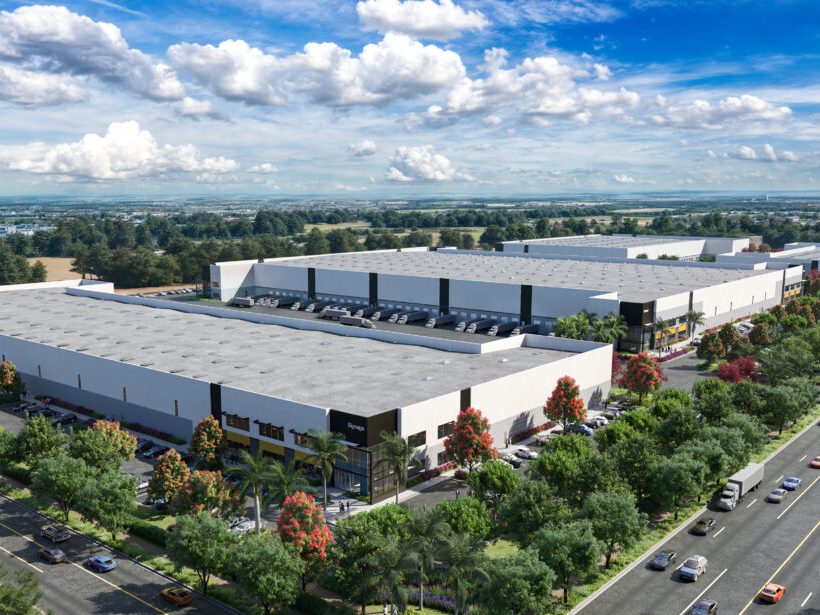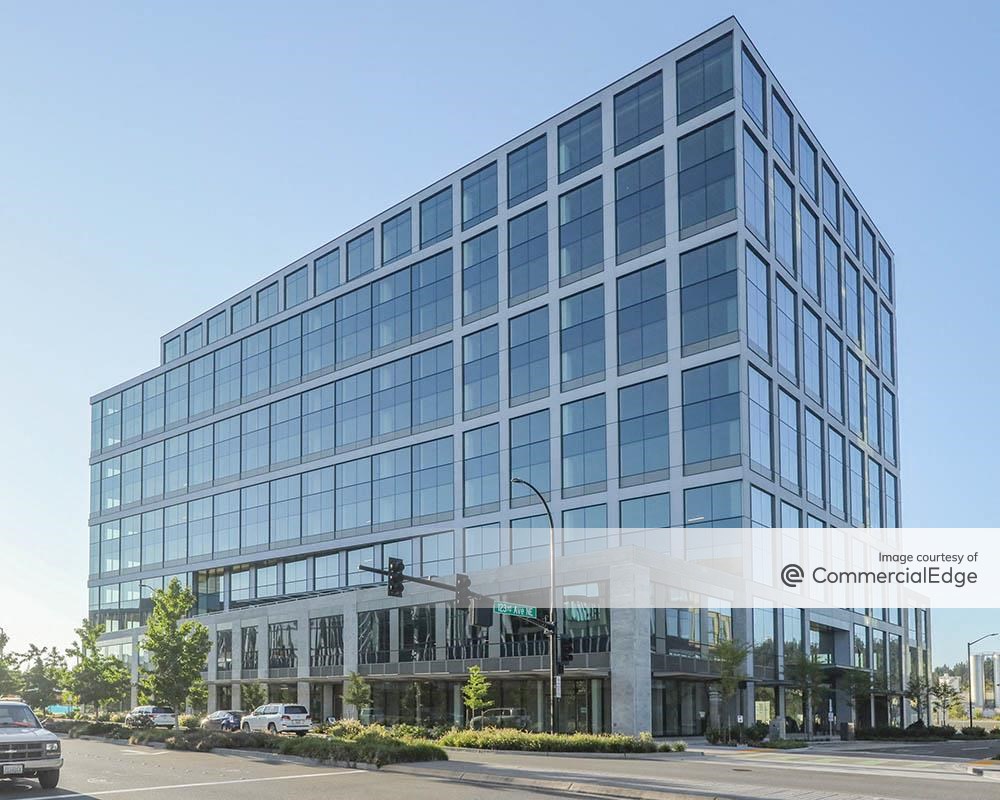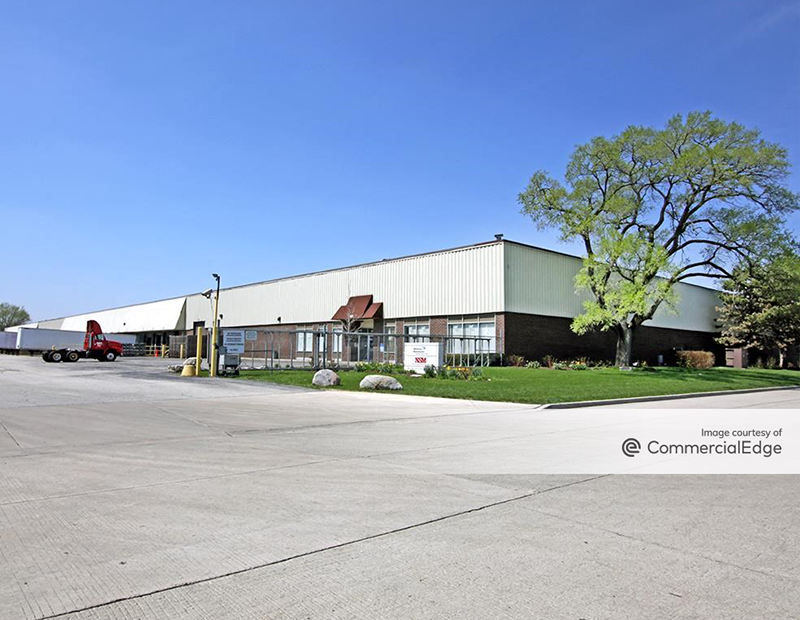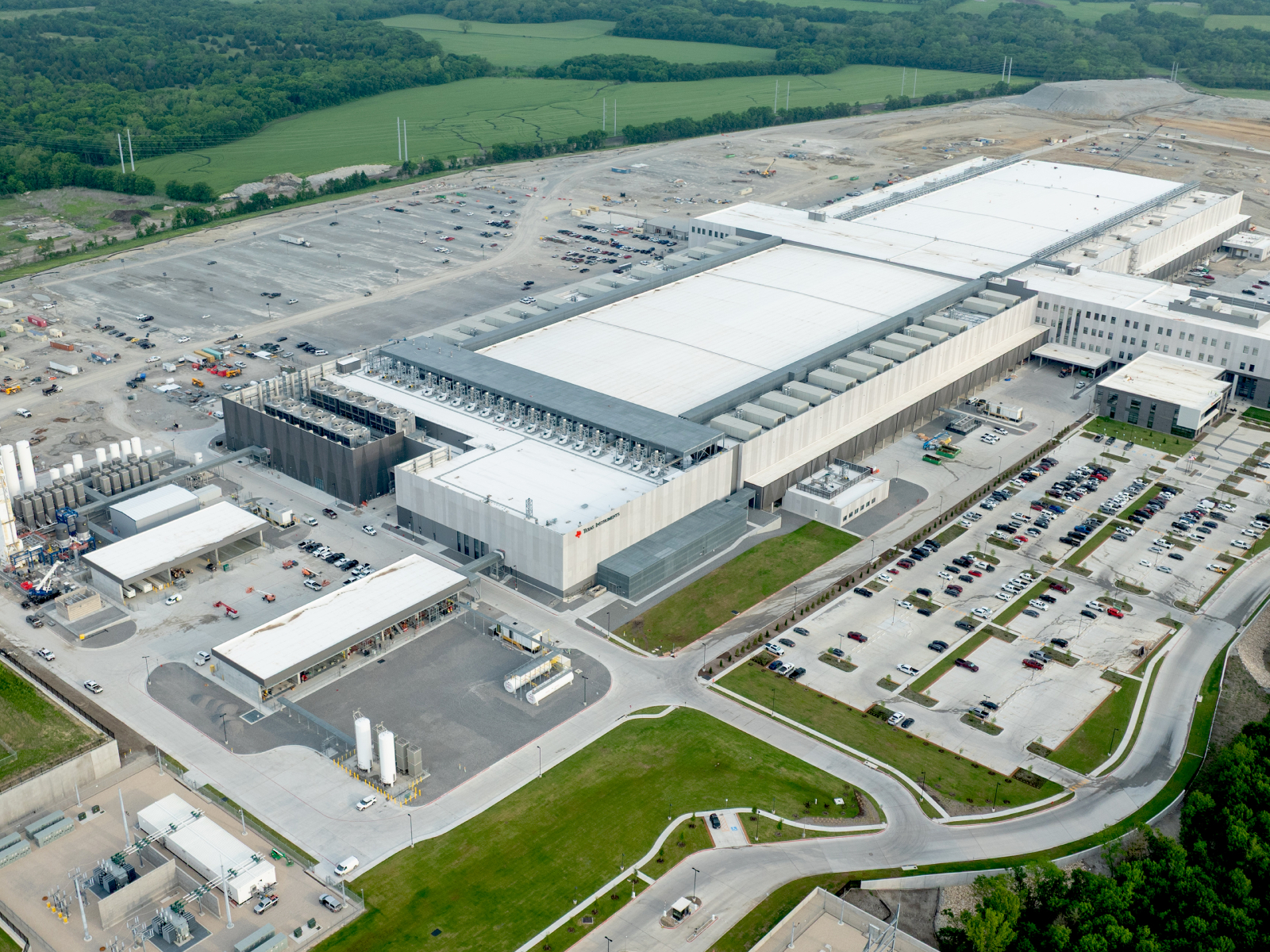The Benefits of Investing in Contaminated Sites
Developing on environmentally contaminated sites might seem like a complicated investment strategy, but the high rate of return can make it worthwhile. Winefield & Associates' Matt Winefield and Partner Engineering and Science's Frank Romeo share their insights on how to make these projects successful.
By Alexandra Pacurar
While some may be skeptical to invest in contaminated sites, a well thought out adaptive-reuse plan and proper due diligence can result in a profitable development. San Francisco’s Ghirardelli Square, one of the country’s oldest adaptive reuse projects, is such an example. The former industrial site was transformed into a retail and entertainment destination, with dozens of restaurants and shops. The RCA Victor Building in Camden, N.J., is another example of how a former manufacturing facility was given a new life. In 2003, the property was transformed into the city’s first market-rate community in 40 years, following an investment of more than $60 million that included $7 million of environmental remediation grants.
Matt Winefield is president & founder of Winefield & Associates, a company specializing in commercial and industrial real estate investing, with an emphasis on contaminated properties. With a brownfields acquisition budget of $70 million for the 2017 to 2018 fiscal year, Winefield spoke with CPE about the challenges and advantages of investing in environmentally contaminated sites for real estate development.
Frank Romeo is president of Partner Engineering and Science, a company providing full-service engineering, environmental and energy consulting and design services. He revealed how the clean-up of such a site affects design and the situations when a deal involving a contaminated lot may not work out.
What do developers need to consider when choosing a contaminated site for their next development?
Winefield: The property, absent contamination, must have significant utility (e.g., an infill location with high demand.) It is also attractive (but not typically critical) to have rental income during the remediation process.
Romeo: Developers should invest in proper due diligence and fully quantify the extent of the contamination. In a development project, costs are critical and cost overruns can have a significant negative impact on a project. Conducting proper due diligence and going through the steps of quantifying and pricing remedial activity is critically important.
What are the main challenges in developing on a contaminated site and how can these be overcome?
Winefield: The first challenge would be inadequate technical/assessment data prior to closing. Absent good data, it is difficult to develop a remediation cost estimate that you can present to your investors. To overcome this challenge, the brownfields investor must be willing to invest in thorough assessment work before closing, and the seller must be willing to provide site access.
The second challenge would be that you can never have complete confidence in your remediation estimate no matter how much data you obtain. Even in the best scenario, your remediation estimate at the onset of a project can be 50 percent off the mark. To overcome this challenge, it is sometimes prudent to buy environmental pollution legal liability insurance.
Another challenge would be the inordinate demands by regulators. Research past projects and the site closure history of the actual regulatory project manager overseeing the site. Don’t be afraid to walk away from the deal if the regulator has a bad reputation or very few sites for which he/she has issued No Further Action letters.
Romeo: The main challenge is site clean-up. Depending on the type/location/extent of cleanup needed, it could directly affect what you can do with the site. Other issues include zoning restrictions, utility layout/availability, permitting, etc. The best way to be prepared and have an accurate picture of what will be required to ensure your return on investment (ROI) on the property is conducting the most extensive due diligence possible.
Are there advantages to developing a project on a contaminated site? Why do some developers seek impacted lots?
Winefield: The internal rate of return (IRR) is significantly greater than for non-contaminated sites. You can obtain higher IRRs than conventional investments if, and only if, you:
- obtain a significantly discounted purchase site
- have a viable plan to remediate the site for an amount less than your financial analysis dictates at the project inception
- have eventual buyers who will be unfazed by the pre-NFA environmental history of the site
It is also helpful to get environmental cost contribution from agency grants or responsible parties.
Romeo: Location, location, location! Waterfront and transit-oriented areas are prime spots for redevelopment. Historically, those areas with rail and port access, especially in an area with 200-plus years of development like the Northeast, have been utilized for industrial purposes. In densely populated areas surrounding major cities, a developer may have no choice but to develop an impacted lot.
Does the clean-up influence design? What about ROI?
Winefield: Sometimes the clean-up will have to influence development design. For example, if one is developing a strip mall, it is advisable to put the parking lot over the former source of contaminants. Although contaminants will be extracted, it is easier to negotiate closure with agencies with this kind of development design intent.
Additionally, there will always be a social stigma associated with past contaminated sources, so it’s best to minimize perceived problems from your future purchaser. Finally, I’ve had to eliminate subterranean parking lots. Sometimes, large excavations can expose small pockets of contamination that will not have an impact on human health if left in place, but could thwart construction schedules.
Romeo: Yes. Actually, clean-up can influence design and design can influence the remediation method. If a design includes subgrade levels, a developer may elect to go with excavation in lieu of an in situ remediation method, especially if public funds are available to address contamination. An area that is susceptible to vapor intrusion may elect to incorporate ground-level parking.
Could you give a few examples that would fall into the category of contaminated sites?
Winefield: Service stations, plating shops, aerospace subcontractors, dry cleaners, machine shops, petroleum tank farms, petroleum refineries, solvent storage facilities.
Romeo: Typically, this would be properties that had some historical manufacturing or industrial use. A very common example that we all see regularly are convenience stores, national chain pharmacies and fast food restaurants located on an intersection. Intersection properties see a lot of traffic and historically were prime locations for gasoline stations and auto repair shops. Discharges from gasoline underground storage tanks are common, as well as spills of oils, lubricants and solvents from repair shops.
Was there a situation where you had to give up a project on a contaminated sited? What can you tell us about this case?
Winefield: Thankfully, I have never closed on a site that we could not remediate and develop effectively, safely and profitably. We attribute this success to considerable financial investments during the due diligence process. I have, however, walked away from deals after due diligence showed that site was upside down, notwithstanding the reduced purchase price and availability of third-party funds for the remediation.
Romeo: There a few scenarios where a developer could walk away form a contaminated site. The most obvious example is when the financial impact of remediation makes the redevelopment not feasible. This could be due to the extent of contamination or, in some cases, the contaminants or the nature of the contaminants themselves. For example, dioxin comingled with other contaminants can be very expensive to dispose. In another scenario, the contaminant could be a common one, say gasoline or perchloroethylene, but the contaminant plume has migrated in the groundwater and potential receptors have been identified.
For example, a former electronics manufacturer impacted the groundwater with perchloroethylene, which is an extremely aggressive solvent also used in dry-cleaning. The perc, in this case, impacted the groundwater and is migrating towards an area with potable wells. There is a tremendous amount of liability in this scenario, as the developer could be held liable. A project like this would have difficulty obtaining financing as well.
Images courtesy of Winefield & Associates, Partner Engineering and Science









You must be logged in to post a comment.